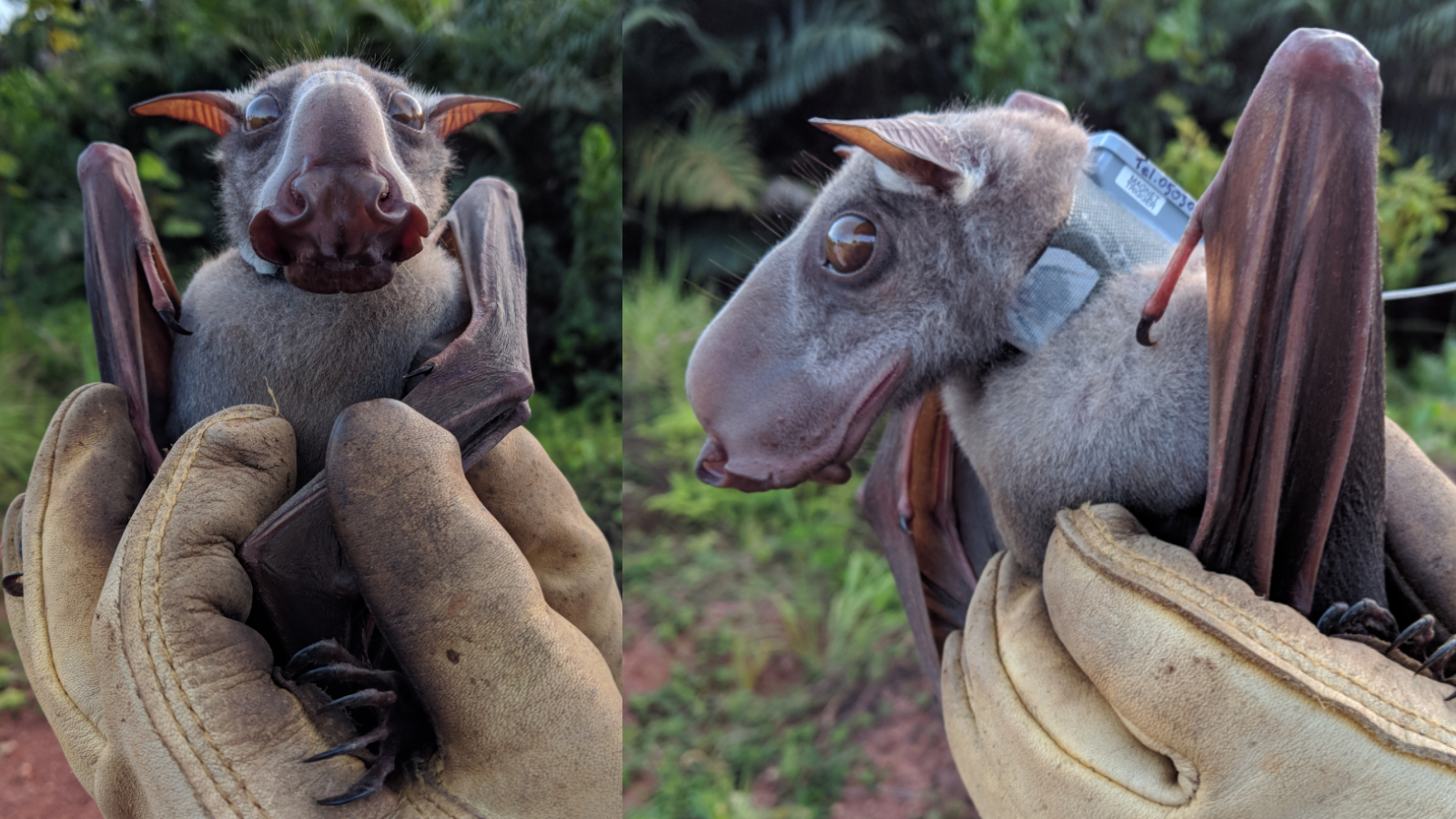JoF, Vol. 9, Pages 1055: Pyricularia’s Capability of Infecting Different Grasses in Two Regions of Mexico
Journal of Fungi doi: 10.3390/jof9111055
Authors: Ivan Sequera-Grappin Elsa Ventura-Zapata Erika Alicia De la Cruz-Arguijo Claudia Patricia Larralde-Corona Jose Alberto Narváez-Zapata
The genus Pyricularia includes species that are phytopathogenic fungi, which infect different species of Poaceae, such as rice and sorghum. However, few isolates have been genetically characterized in North America. The current study addresses this lack of information by characterizing an additional 57 strains of three grasses (Stenotaphrum secundatum, Cenchrus ciliaris and Digitaria ciliaris) from two distant regions of Mexico. A Pyricularia dataset with ITS sequences retrieved from GenBank and the studied sequences were used to build a haplotype network that allowed us to identify a few redundant haplotypes highly related to P. oryzae species. An analysis considering only the Mexican sequences allowed us to identify non-redundant haplotypes in the isolates of C. ciliaris and D. ciliaris, with a high identity with P. pennisetigena. The Pot2-TIR genomic fingerprinting technique resulted in high variability and allowed for the isolates to be grouped according to their host grass, whilst the ERIC-PCR technique was able to separate the isolates according to their host grass and their region of collection. Representative isolates from different host grasses were chosen to explore the pathogenic potential of these isolates. The selected isolates showed a differential pathogenic profile. Cross-infection with representative isolates from S. secundatum and C. ciliaris showed that these were unable to infect D. ciliaris grass and that the DY1 isolate from D. ciliaris was only able to infect its host grass. The results support the identification of pathogenic strains of Pyricularia isolates and their cross-infection potential in different grasses surrounding important crops in Mexico.

 6 months ago
15
6 months ago
15


